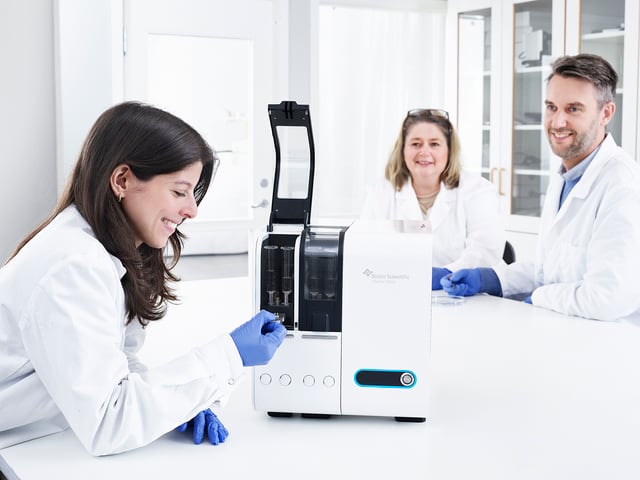

"At TOTO, we research dirt adhesion in water-related products and need real-time analysis of surface-dirt interactions. QSense QCM-D technology provided us real-time, high-precision measurements of molecular interactions, giving us deeper insights to improve materials and cleaning technologies. We value QSense Omni for its automation, reducing manual work, and its user-friendly software for easy experiment setup and data interpretation"

"We utilize QSense Omni as both an 'off-line' or 'off-chip' surface testing platform and a reagent testing platform in our work of manufacturing genomic sequencing instrumentation. Our workflow involves the surface immobilization and removal of various proteins and reagents, and QSense Omni has been invaluable for investigating and quantifying these depositions under different conditions such as concentration, pH, and time. The data we obtain is crucial for guiding our chip manufacturing process and characterizing the various steps in our sequencing protocols.
We have used QSense Omni specifically for applications such as ligand surface density quantification, polyelectrolyte adsorption, and differentiating between specific and non-specific protein binding. The instrument's source multiplexing, programmability, real-time temperature control, and ease of sensor mounting have been particularly beneficial for our work, allowing for comprehensive and precise analyses.
What we appreciate most about QSense products is their high sensitivity, reliability, accuracy, and precision. The instruments offer advanced features like temperature sweep and control, multiple reagent source options, and workflow automation that have significantly enhanced our research processes.”
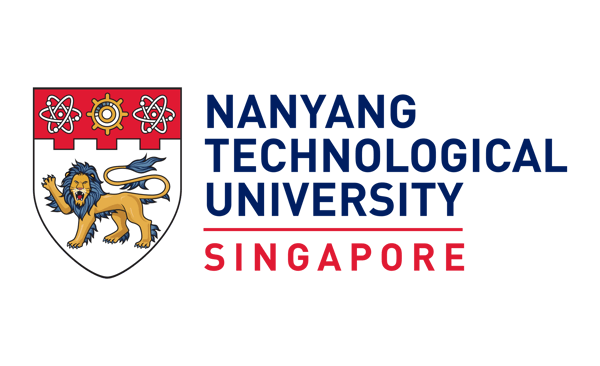
"QCM-D technology is a key part of our biointerfacial science research that spans fundamental biomacromolecular investigations to applied studies involving antiviral drug development. The QSense instruments, which we have used for nearly two decades, are robust and can track complex biological phenomena in real-time and with label-free readouts that have helped us to deeply characterize a wide range of systems related to proteins and lipid membranes. Together with our analytical modeling efforts, there is a really bright future to continue applying QCM-D technology in new directions across many important scientific disciplines."

"Our laboratory uses the QSense High Pressure QCM-D system for the study of the reactions occurring at the interface between a surface and a high-protein liquid food. Information about the rate of fouling on the surface and the composition of the foulant has provided new and important insights before scale-up to pilot and commercial-scale experiments with a focus on the contributions of flow characteristics over the surface. These new and different insights provide our laboratory and others with a completely new and different dimension to our research.”
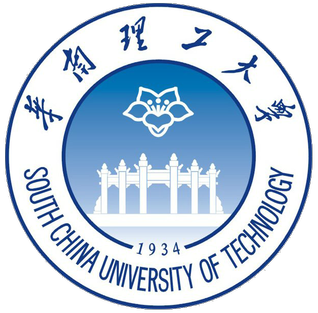
"Our laboratory is the first QCM-D customer in China and we have used the QSense instruments for more than twenty years. QCM-D is sensitive to detect the dynamics of polymers at interfaces. In particular, the measurement of the dissipation factor provides very useful information about the structures of polymers.
By using QCM-D, we have investigated conformational change of polymers grafted on surface, grafting kinetics of polymer chains on a surface, protein adsorption and resistance, degradation kinetics of polymers, layer-by-layer assembly of polymers, and polymer-lipid interactions. Particularly, we have developed high performance marine antifouling materials based on the QCM-D data about the degradation of polymers in real time. Actually, we can make screening for the antifouling materials with QCM-D in laboratory."
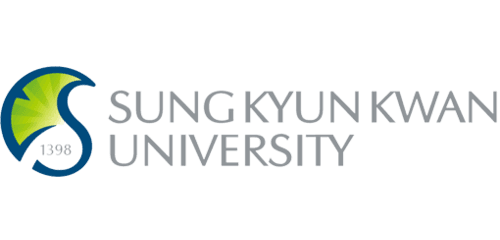
"Using QSense measurement tools, our lab has investigated many very interesting protein and lipid systems in aqueous and non-aqueous environments and the QCM-D measurement capabilities have proven critical to study molecular-level interaction behaviors at solid-liquid interfaces. One of the most exciting examples has involved antimicrobial lipids, in which case the QCM-D technique has proven extremely useful to distinguish the mechanisms of action of different compounds interacting with membrane-mimicking supported lipid bilayers. Such mechanistic distinctions were seen for the first time by the QCM-D technique, demonstrating its potential to complement and in some cases surpass the analytical capabilities of traditional biological assays. Looking forward, we see enormous potential to translate fundamental insights obtained from QCM-D measurements into numerous applications across the healthcare, biotechnology, and agricultural spaces among various opportunities."
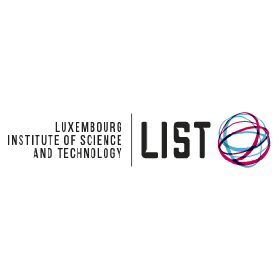
"We use the QSense Explorer and Analyzer systems. We could get started rather quickly, thanks to the ease of using the systems. We spent time to understand different ways to customize the sensor chips, assay configuration, and flow routines to rational design of nanoplasmonic and nanopatterned sensors. Have had a great experience so far."
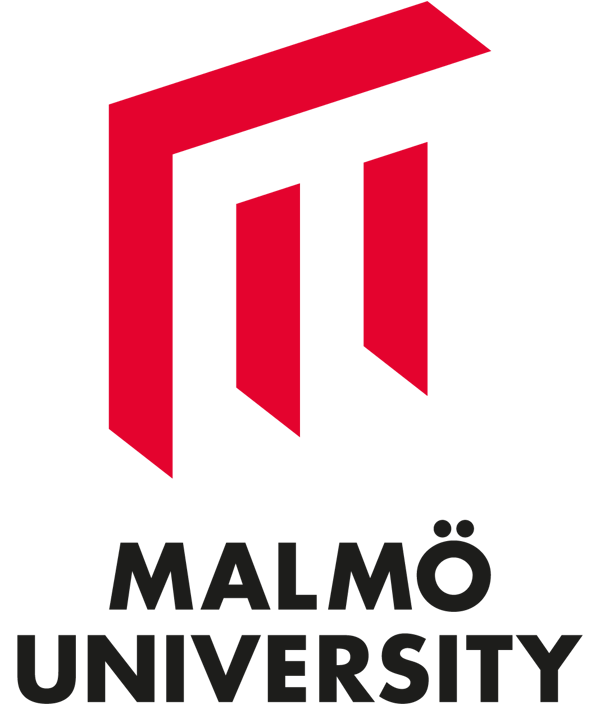
"QSense instruments are a great tool for our biophysical research. They enable rapid screening for biomolecular interaction at lipid bilayers and also allow optimizing the parameters for deposition of thin films. The instrument is easy to use, and has a long working life as long as you follow the maintenance instructions! The technical staff at Biolin Scientific are a pleasure to work with: They are nice and always give quick feedback and support."
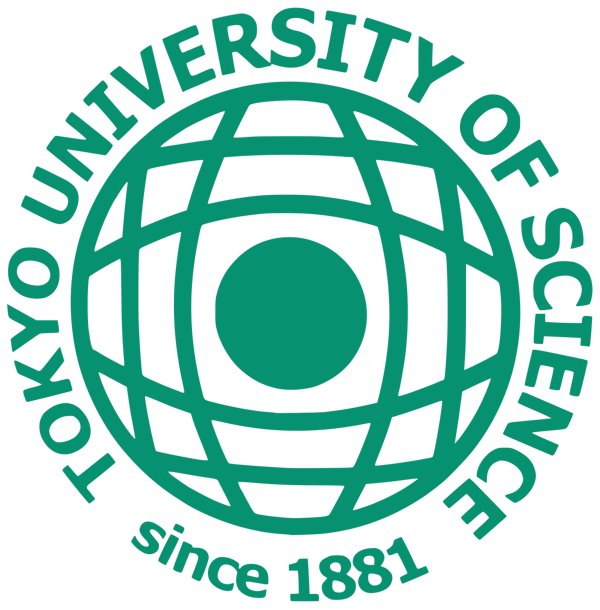
"We are working on academic research in the field of colloid and interface chemistry and our main work is synthesis of novel surfactants and characterization of their properties. We use QCM-D as a must-tool to comprehend molecular adsorption/desorption behaviors specifically observed at a solid-liquid interface.
We regard QCM-D as a valuable measuring tool due to its high sensitivity and stability and find it applicable for versatile studies because of its availabilities of sensors with various different types of surfaces. In this context I would say QCM-D is the best suitable solution for simulating a variety of nanoscale interaction behaviors both “real-time & in-situ”."
"We use the QSense high temperature model that allows us to investigate polyelectrolyte complexes and their response to temperature. We’re also using the electrochemistry module so we can run our standard electrochemical measurements at the same time as we run the QCM-D. The main benefit is that we can monitor the mass change of our system in real time. I can tell you that for every electron moved, this amount of mass changed. That’s powerful. You can’t really get that with any other system."
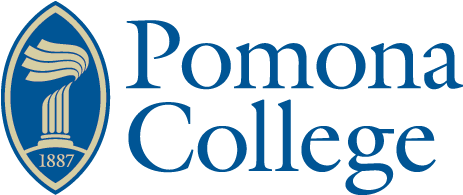
"I have found QSense to be one of the best techniques for an undergraduate lab because it’s turnkey and it requires very little maintenance. The operating principles are straightforward and the students can focus on the science. And so, that’s something that we have been really happy with, it really works in this kind of setting. It’s an ideal method for an undergraduate surface science lab."
